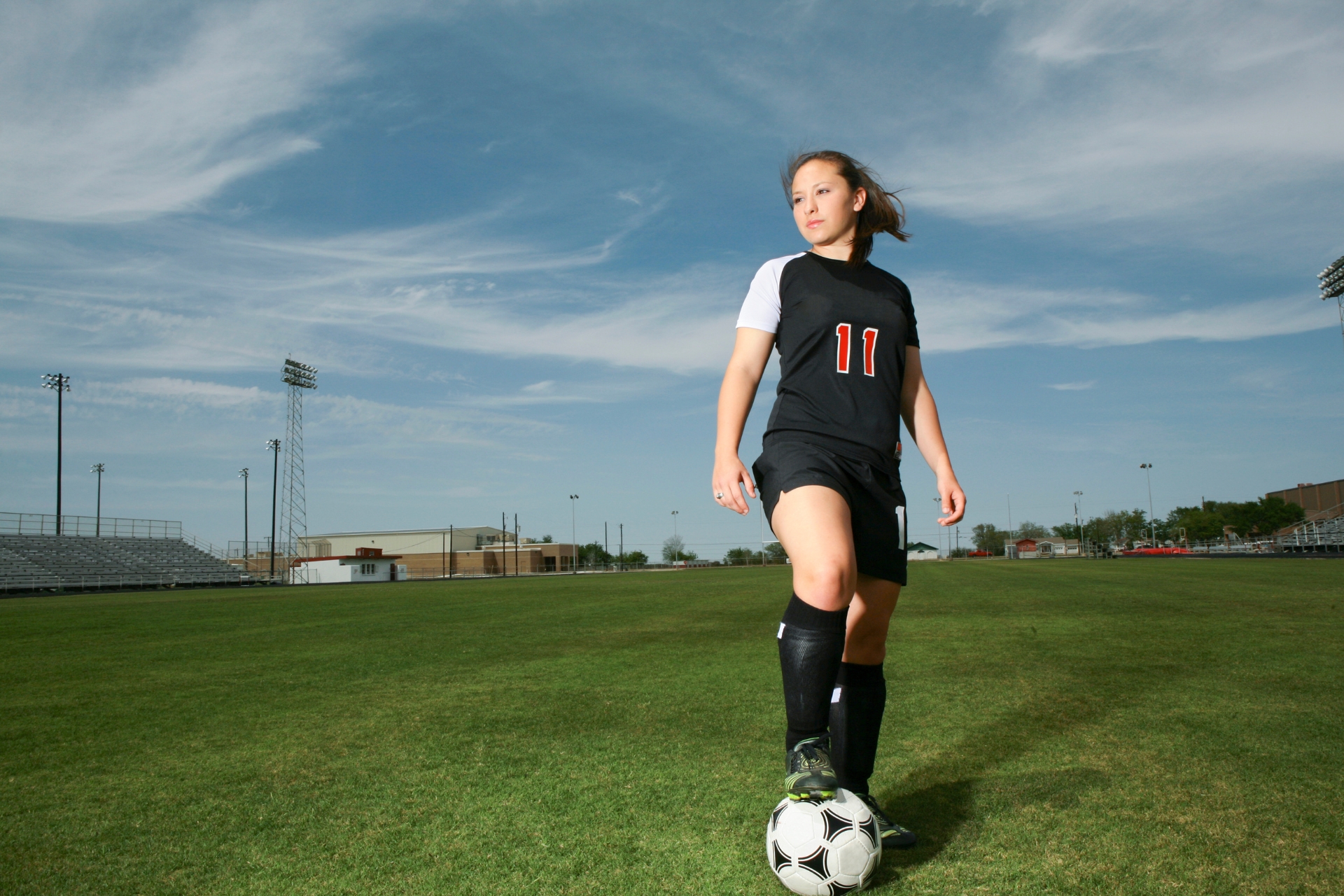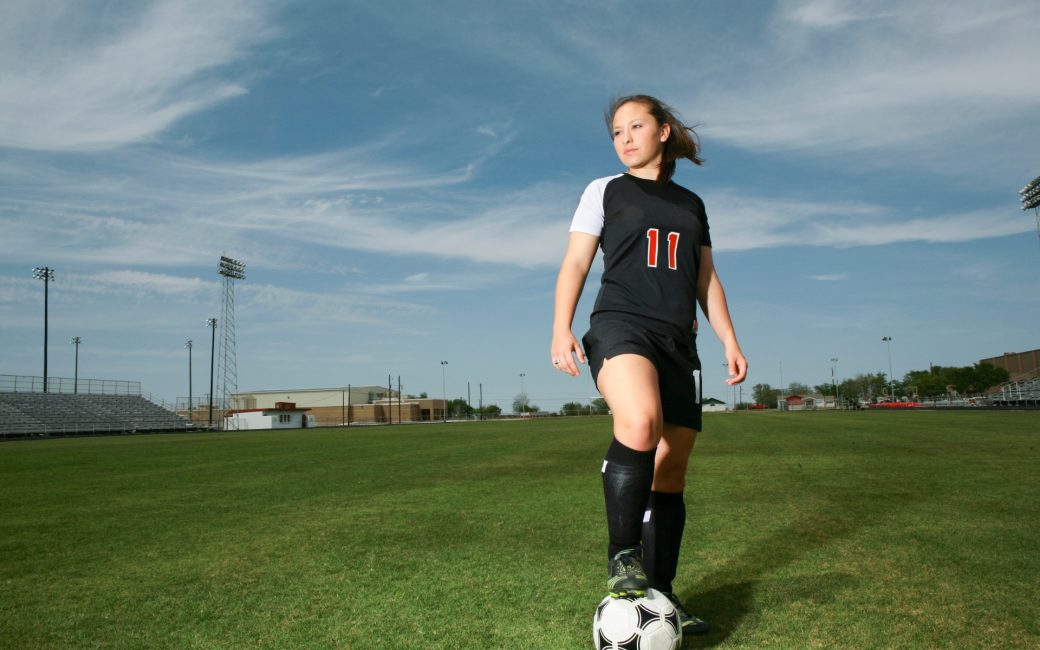Mindfulness for the student athlete
Student-athletes are subjected to a fast-paced, competitive lifestyle. Balancing academic and athletic demands are a natural source of stress for young athletes; developing mindfulness skills can moderate mental clutter and help maximize academic and athletic achievement.
August 1, 2023 | Ben Leibowitz

We all experience our own stressors, anxieties, fears, confidence issues, and other mental struggles. Carrying a sense of mindfulness through our day-to-day lives, practicing thorough attention to the present moment, and sustaining a conscious awareness of our thoughts, sensations, and environment, can be beneficial in our abilities to work through the “noise” that we tend to experience in our minds.
Mindfulness is a process of entering into a state of mind, without judgment, which can be difficult to accomplish. Developing a strong sense of presence and attentiveness to the nature of our minds, bodies, and surroundings takes practice and commitment. For student-athletes in particular, practice and devotion are pertinent in the accomplishment of their goals; it is essential that the drive towards success extends beyond efforts left on the field, court, ice, or pool. It is equally important to tend to the mind and apply objectives and intentions towards mindfulness.
Student-athletes are subjected to a fast-paced, competitive lifestyle. Balancing academic and athletic demands are a natural source of stress for young athletes; developing mindfulness skills can moderate mental clutter and help maximize academic and athletic achievement.(1) As a former student-athlete, through practice I’ve learned that mindfulness is key in affecting stress, anxiety, confidence, motivation, and other mental challenges that can impact academic and athletic execution. Below are two strategies that student-athletes can utilize to work towards a greater sense of mindfulness and reduce the impacts of mental struggles on performance.
Attentiveness to the Breath
Breathing meditation is a way to begin engaging with mindfulness. Even if practiced for a short period of your day, learning to focus on your breath has been shown to quiet the mind, reduce stress, and increase relaxation.(2) Outlined are steps for a breathing meditation:
- First, find a comfortable position with your spine erect.
- Shift your attention to your breath and bodily sensations. Relax your jaw, shoulders, abdomen, and other areas of tension. Feel your body relax while sitting comfortably in your position.
- Inhale, feeling the air fill your body. On the exhale, feel the release of all tension. Allow your breath to function on its own, without controlling or timing it, following the natural, cyclical flow of the breath.
- Allow all thoughts that enter your mind to pass over, gently returning attention to your breath.
This breathing technique is key to accomplishing a sense of mindfulness and relieving mental clutter. These exercises have been extensively researched and prevalent across cultures, traditions, and philosophies. Mastering these techniques is a skill and is difficult. Just like a sport, or training a muscle, it takes practice and attention.
Beginning The Day: Imagining Success
Another effective way to relieve symptoms of mental obstacles is through imagery. Engaging in visualization has been shown to improve relaxation and an ability to cope with stress and anxiety, and increase emotional wellness, self-confidence, and athletic performance. We can engage in imagery in a multitude of ways, including the visualization of colors, loved ones, tension in the body, and environments. For student-athletes, visualization can serve as a beneficial tool. In pursuit of academic and athletic consistency, visualizing our goals can be an especially productive mode.
To visualize our goals, follow these steps in a comfortable and relaxed environment:
- Begin with the breathing technique above.
- Hold a specific goal in your mind (e.g., winning a competition, acquiring a skill, or engaging in a behavior).
- Create a scene in your mind, as vivid and detailed as possible, in which you succeed at this goal. Imagine the environment where it occurs and the feelings that accompany the accomplishment Although difficult, try to minimize overthinking or forcing the creation of the image.
- With the intention set, allow whatever arises and let the quieted mind take over without expectation.
- If doubts arise, meet them with a believable affirmation: “I can do this,” “I am okay,” “I am confident,” “I am in control.”
- Continue remaining attentive to the breath as you visualize.
- Allow yourself the time and space to fully engage in this imagery. Performing this before you begin your day can be effective in setting yourself up for success.(3)
Overall, mindfulness is an essential apparatus for learning to live in the present moment. Although transforming one’s relationship with their thoughts is a complex, in doing so, we can become better equipped to understand and cope with our thoughts, stress, anxiety, and more. Being mindful is a key element in self-acceptance, presence, enjoyment of life, and mental clarity. For student-athletes: practice mindfulness like you practice your sport. Experience the difference!
Learn more about mental performance consulting
References
1 Anderson, S. A., Haraldsdottir, K., & Watson, D. (2021). Mindfulness in athletes. American College of Sports Medicine, 20(12), 655-660.
2 https://www.health.harvard.edu/mind-and-mood/breath-meditation-a-great-way-to-relieve-stress
3 https://www.healthline.com/health/visualization-meditation
